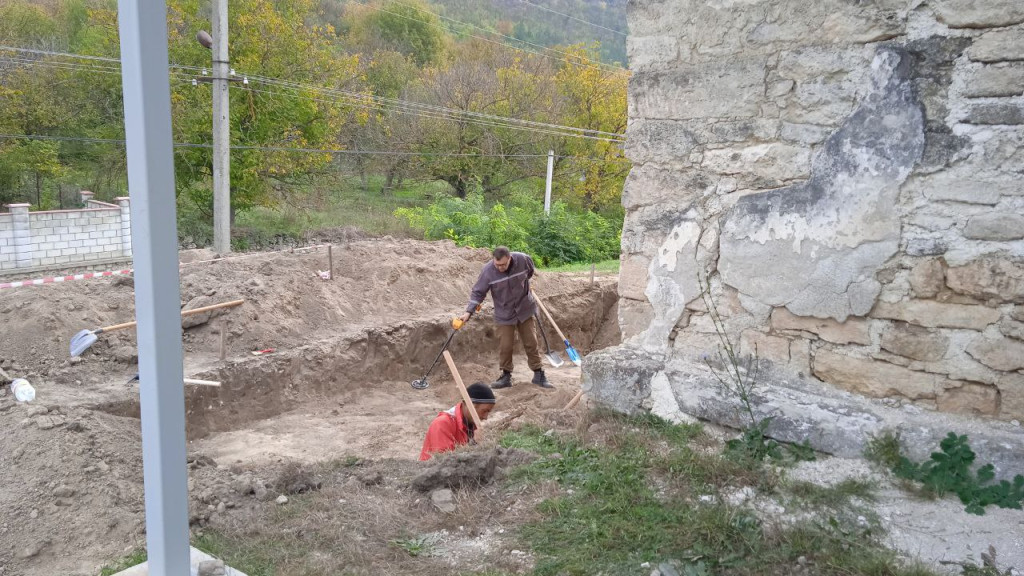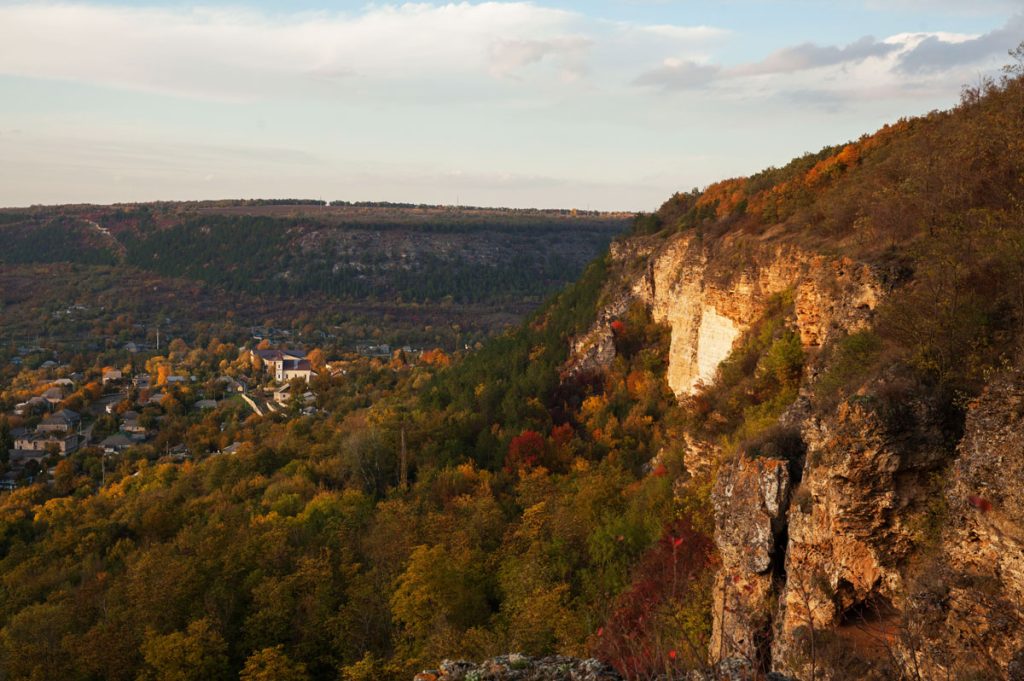The village of Rashkov can rightfully be called the cradle of the history of the Kamensky district. And not only Kamensky... Centuries, events that dispossessed or exalted them - everything happened. But with the passage of time, many of them acquire new information, the reliability of which sometimes raises serious doubts. How to correct such an injustice in relation to our past, how to lift the veil of time in order to obtain irrefutable evidence: it was exactly like this and not otherwise?
This is what the Podnestrovian Historical and Geographical Society (PIGO) and the Moldavian Historical and Geographical Society (MIGO) are doing in the ancient village of Rashkov. The head of PIGO, Alexander Petrovich Gornostal, told us about the goals of the work being carried out and its first results.
– I am a historian by training, and the Kamensky district is, among other things, my small homeland. I lived by this, I was sick of this for many years, and now the dream has become a reality. Why Rashkov? Yes, because it is a real untouched storehouse of scientific and historical information. Various cultures, confessions, and histories of many states and peoples are closely intertwined here. In general, there is no end to the work. And already the first results of the excavations provided such a huge amount of new information that it exceeded all our expectations.
Let me start with the fact that I managed to win a grant from the UN Development Program for the implementation of the project “Historical Rashkov: explore and preserve to improve tourism potential together!” We are implementing this project together with the Moldavian Historical and Geographical Society. We are working on the ruins of the Church of the Intercession. The main goal of the project is to obtain reliable knowledge about the history of the village through scientific tools and to popularize it as much as possible, primarily in the cultural and educational environment, in the tourism sector. The group includes historians, archaeologists, architects, and geographers. We carry out archaeological and architectural research. The first stage of work took place from October to November (field season).
We conducted a practical study of the ruins of the Intercession Church. Let me remind you: it is an architectural monument and is protected by the state. This year it was preserved, a roof was installed, and the walls were strengthened. I will say that our main task was to determine the chronological horizons of the object, study its underground part, foundation, depth, and material characteristics. And our labors are not in vain. We have established that the Church of the Intercession is located on the site of a former cemetery, which is much older than the temple itself, and it was founded not at the beginning of the 18th century, as previously thought, but at the end.
During archaeological excavations, a mortgage coin from 1767 of the Polish king Stanislaw Poniatowski was discovered in the foundation of the building, which allows us to assert that the temple was built no earlier than 1767, or even much later.
Below the stone floor of the building we found a layer of ash, which gives certain grounds to say that before the stone temple, there may have been a wooden church in its place, which burned down. Even lower is an ancient cemetery. Since antiquity, the tradition of burying the dead with coins has been known. The coin is a symbol of the key for the transition between worlds. And if we are talking about the church and cemetery under study, that is, about the Christian tradition, then it is appropriate, for example, to recall in this regard the words of Christ from the Gospel of John “In my Father’s house there are mansions (read: “worlds.” - Note by A.G. .) a lot of". In the burials under the Intercession Church we found Turkish coins from the early 18th century, a Hungarian coin of King Rudolph minted in 1576, and many others. Based on this, it can be assumed with a high degree of probability that the cemetery functioned during the period of the 17th-18th centuries. On the territory of Transnistria there are examples when churches and old cemeteries are located in the same place, and fragments of tombstones can be found in the walls of some of them. Such slabs were found in the floor and walls of the Rashkov Intercession Church. Previously, there was an opinion that the Church of the Intercession was built through the efforts of Ruxanda, the daughter of the Moldavian ruler Vasily Lupu and the daughter-in-law of Bogdan Khmelnitsky.
But this version has absolutely no basis. Under Ruksand in the second half of the 17th century, through her efforts, the monastery of St. Nicholas was erected in Rashkovo, to which monks from one of the Athos monasteries were invited and served. This monastery was located in the central part of the village, in the area of the modern market square.
During the second stage of research, which will last until April, we will work on a large monograph, which will include the results of the first practical stage of the project and the results of other interdisciplinary project research related to the cultural and historical heritage of Rashkov. This monograph will be distributed free of charge among tourism service operators and cultural and educational institutions. In December of this year, we will organize a round table with the participation of representatives of scientific, public circles and tourism from Pridnestrovie and Moldova. During the third stage, we will hold a scientific conference with a presentation of research results. The project itself will be completed in June 2023.


